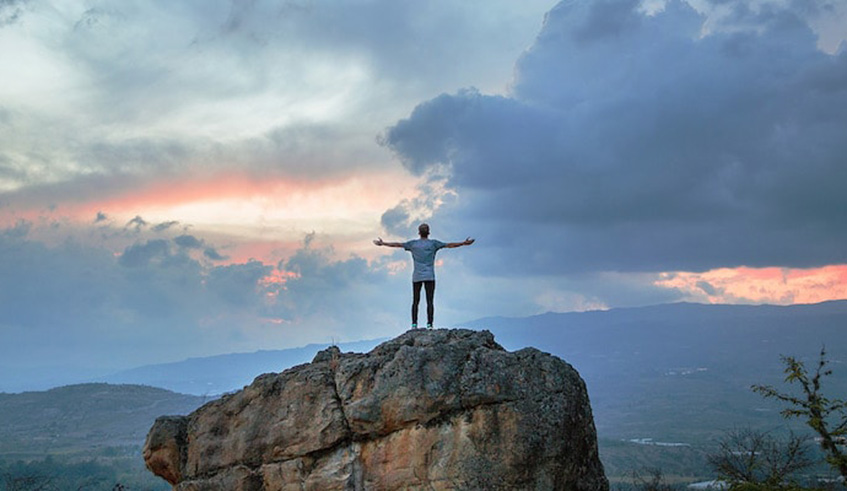The Transformative Power of Pilgrimage
In this era, the essence of travel very often gets lost in the pursuit of leisure, but for the seeker lies a deeper, more introspective path beyond a simple vacation to the very heart of personal discovery and spiritual awakening. This is the essence of pilgrimage, a grand tradition redefined in the modern age to meet needs and desires, yet take the seeker not just through lands which are holy but deep into the hollows of their souls.
The Essence of Pilgrimage in Today’s World
Pilgrimage is an age-old practice, deeply woven into the history of human beings across cultures and religions, yet its relevance only intensifies in our contemporary, fast-paced world. It is an expression of the cry of the human spirit for that which gives meaning and serves as a channel of transformation that is far above the physicality of the journey and touches the very being of the pilgrim. Unlike the normal holiday that purports to be for relaxation or adventure, a pilgrimage is an intentional journey embarked upon for spiritual or personal enlightenment.
Travelling through Sacred Sites
Santiago de Compostela, Spain — El Camino de Santiago
The route to the cathedral of Santiago de Compostela in Galicia, Spain—the Camino de Santiago—is possibly the most famous across the world. Coming from several points across Europe, the very sense of going through the Camino is to merge body-based stamina with spiritual pursuit. Indeed, the pilgrims, known as peregrinos, cross incredibly contrasting landscapes: the hard Pyrenees and the big plateau of Meseta contrast with the forests of Galicia, where each step is a metaphor of growth and personal resilience. There’s hardly any match to the camaraderie of the Camino, where hostels and cafés exude a sense of community among travelers from so many different walks, all united in this quest. A journey that challenges and changes a pilgrim but leaves him very full of insights is a sense of accomplishment.
Kyoto, Japan – The Kumano Kodo
Kumano Kodo comprises ancient pilgrimage routes crisscrossing the Kii Peninsula in Japan. A journey full of natural beauty, history, and spirituality, these very routes used to be trodden by emperors and samurai, leading to the Three Grand Shrines of Kumano amidst gigantic cedar trees and whispering streams. Walking the Kumano Kodo itself is a meditative experience, in which the act of walking turns into a kind of movement meditation that is calming and nurturing in the development of introspection and connection with nature. It is to the Japanese what “satoyama” is: the harmonious interface of man with nature, where a tranquil setting for pilgrims to contemplate the impermanence of life pervades into an understanding of their place in the order of the natural world.
Sedona, Arizona: A Spiritual Oasis in the Desert
Sedona, Arizona: One of the most powerful spiritual renewal centers in the United States. Many believe these formations to be sacred, having energy vortexes that promote healing, meditation, and self-exploration. Coming to Sedona, the harsh beauty of the desert strikes many. Couple that with a vibrant spiritual community, and it becomes a perfect setup for profound personal transformation. No matter if they’re on guided spiritual tours, at yoga and meditation sessions, or just walking the hiking trails that traverse this mystical landscape, visitors in Sedona feel incredibly involved in a personal adventure toward understanding and serenity.
Preparing for the Pilgrimage
Setting Intentions
Pilgrimage begins long before the first step, with the setting of intentions. The preparatory phase is equally important, though: reflection on the part of the person regarding motivation, or rather goals of pilgrimage—clarity on a problem, healing, or deeper contact with the divine.
Physical and Spiritual Preparedness
This can be quite strenuous physically, whether one is walking through the Spanish countryside or exploring the vortexes of Sedona. Physical preparation can be through regular walks or hikes, and selecting the proper gear for the journey is essential. Spiritually, meditation, journaling, or prayer would ready the mind and spirit to attune the individual to the reflective aspect of the pilgrimage.
The Journey Within
A pilgrimage is just as much an inward journey as it is an outward trek. The pilgrim is invited en route to reflect upon the beauty of the landscape, to think about the kindness of strangers or the synchronicities that occur. These reflections are spaces to listen to the inner voice, which leads to growth and insight.
Conclusion: The New Journey
The pilgrimage, with its test of physical limit, social interaction, and spiritual contemplation, offers the kind of vacation unlike any other, where, among other things, the traveler can be guaranteed that the experience is more than a temporary immersion into the otherworldliness of the vacation moment. In that sense, a journey over the centuries-old pathways to Santiago de Compostela, to the sacred routes of the Kumano Kodo, or to the energy-filled landscapes of Sedona offers the traveler a sense of place in a world that is only matched by the opportunity to explore the vast, uncharted territories of their own hearts, emerging from the experience forever changed.

